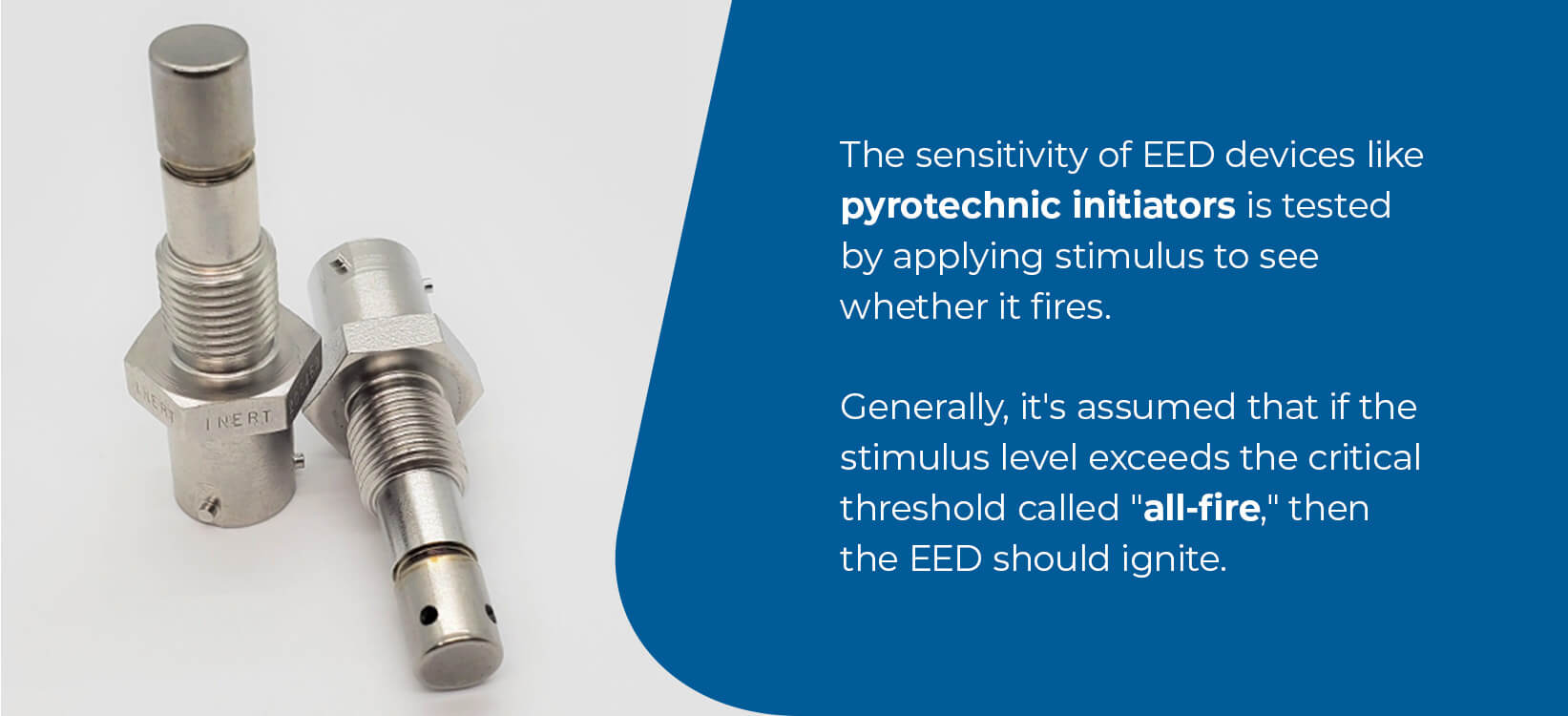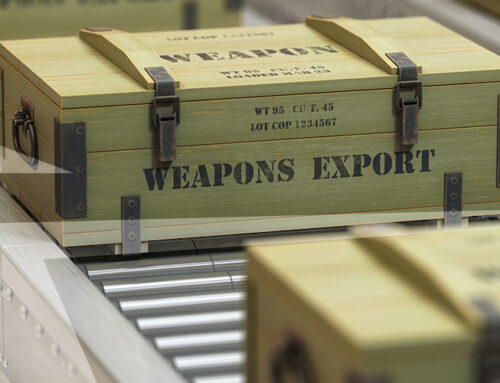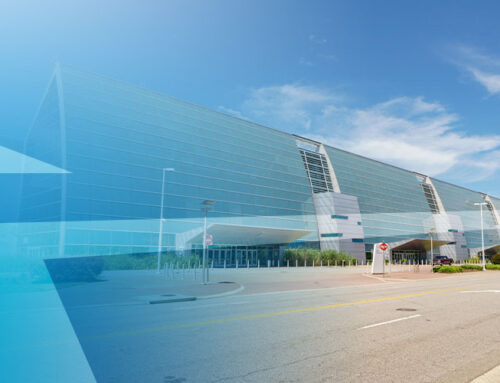Sensitivity to an input stimulus is crucial when designing and manufacturing electro-explosive devices (EED) like initiators. Clear and accurately defined no-fire and all-fire characteristics help end users safely operate their systems without unintended activities. This guide discusses no-fire and all-fire sensitivities in initiators, including the various testing methods and the NASA-standard initiator specifications.
What Are Initiators?
Electric initiators are devices containing pyrotechnic substances that generate heat and pressure to ignite materials that can be challenging to light, including gas generators, safety fuses and propellants. Initiators are activated by applying electric energy. The current ignites an explosive or pyrotechnic material.
The composition of initiators is similar to flash powers, but initiators produce more hot particles. The two devices also have different burning speeds.
There are many technologies for creating initiators, including reactive semiconductor bridge (RSCB) initiators, exploding bridgewire (EBW) initiators, exploding foil initiators (EFI) and hot-wire initiators. It’s essential to know the maximum electric impulse that can be generated without igniting the device and the minimum required for the device to operate, regardless of the type of initiator or its application. This provides a reliable safety level to the user.
EBW initiators are one of the most effective. But how do they work?
How EBW Initiators Work
The aircraft’s initiators are electronically controlled by “heated bridgewires,” which are thin resistance wires that set off pyrotechnic compositions. They generally use fuel and oxidizer solutions called “pyrogen” to promote ignition.
Bridgewires are lightweight, compact and specially designed to optimize overall efficiency and output. They function like blasting cups and detonators but do not produce shock waves. Rather, they create pyrotechnic compositions using exothermic chemical reactions.
Bridgewires achieve high temperatures by exchanging electrical currents, initiating the attached substance’s exothermic chemical reaction. When fired, the bridgewire melts and forms an open circuit. These initiators are available in low to high current ranges and fire and no-fire models.
NASA-Standard Initiator Specifications
The two-pin NASA Standard Initiator (NSI) is a hot wire electro-explosive that is electrically activated. This initiator converts electrical signals to hot particles and high-temperature flame or a gas pressure output. NSIs must meet the performance requirements of NASA Standard Initiator Specification drawing SEB 26100001.
No-Fire and All-Fire Sensitivities in Pyrotechnic Initiators Explained
The sensitivity of EED devices like pyrotechnic initiators is tested by applying stimulus to see whether it fires. Generally, it’s assumed that if the stimulus level exceeds the critical threshold called “all-fire,” then the EED should ignite. On the other hand, if the stimulus applied to the specimen is below the critical value called “no-fire,” the EED should not ignite.
Repeating the tests for one sample is challenging since the specimen is typically damaged to an extent. The initiator samples are tested at different current input levels, measuring the parameters of initiation of the underlying distribution. The reaction is then documented.
The recorded critical values for the all-fire and no-fire sensitivities are estimates rather than measurements. Many approaches are available to guide EED manufacturers, testers and users, including the Bruceton, Langlie and Neyer protocols. It’s essential to note that these established traditions provide reliable and practical results instead of chasing accuracy.
The data from an EED sensitivity test, which is quantitative, does not depend on the type of stimulus used. The critical factor is having a cause-and-effect relationship between the two parameters: the strength of the stimulus and the probability of firing. Determining the firing probability is vital for assessing the system’s reliability and safety.
To obtain this information, the designer or user should take several devices, expose them to a specific stimulus level and see how many fire. You may follow this procedure at different stimulus levels until you gather sufficient probability data.
How Do You Characterize an EED’s Firing Probability?
There are different approaches for characterizing the EED’s firing probability. One method is the “distribution-free” approach, which assumes that knowing the form of the probability distribution function is impossible. This approach is safe because there are no questionable assumptions. However, it can be unwieldy. Another method involves developing a distribution curve, where you estimate probabilities at sufficient stimulus levels by trial and error to characterize a curve and assume it is accurate even in areas without test data.
Sensitivity Test Methods
The methods for testing initiators’ sensitivity include the following:
1. The Bruceton Method
Published in 1948, the Bruceton method, also known as the “staircase method” or “up-and-down test,” relies on straightforward calculations by making an initial guess near the constant step size and population mean almost equivalent to the standard deviation. The approach is efficient because it focuses the testing proximate to the population mean but is highly sensitive to the step size selected.
A larger step size than the standard deviation causes none of the tests to concentrate near the mean. On the contrary, having a much smaller step size than the standard deviation and an initial guess farther than the population’s true mean may cause the method to take longer to converge at a final value, which can be costly.
2. The Langlie Method
In 1962, the “one-shot test,” known as the Langlie method, was designed to provide reasonably efficient estimates for standard deviation. The test procedure relies on accurate bookkeeping of the test levels and maximum likelihood analysis to compute the estimates.
The one-shot test binds the estimated mean by choosing a lower and upper limit. The initial stimulus level is set midway between the limits interval. The challenge with this approach is that it focuses the test levels too close to the mean, which can inefficiently determine the population’s standard deviation.
3. The D-Optimal Method
Barry T. Neyer developed the Neyer D-optimal test in 1994 to provide efficient estimates of the parameters of the distribution and allow for relatively efficient determination of the population quantiles. However, the estimates are dependent of the distribution.
This method requires the smallest test size and three parameters: an estimate of the standard deviation, upper limits and lower limits. The approach seeks to extract the maximum statistical data from the test sample. It uses complex computer calculations and leverages all previous test results to calculate the subsequent test level.
No-Fire Sensitivity in Initiators
No-fire sensitivity is the maximum electric stimulus that can be applied to a bridgewire for a specified period without igniting the initiator. Typically, the design features a minimum electric current of one amp with an associated minimum of one watt applied to the initiator’s bridgewire circuit for five minutes without causing the initiation of more than 1% of the device population at a confidence level of 95%. The test samples are generally divided into groups and temperatures conditioned at 225 degrees Fahrenheit.
It’s crucial to understand the device’s safety level and avoid unintentional activity caused by electrical noise or other accidental system stimuli.
All-Fire Sensitivity in Initiators
All-fire is the minimum electric stimulus that ignites the primary charge in an initiator. Generally, the all-fire design requirement is a 50-millisecond pulse at the minimum all-fire level capable of initiating the device population not less than 99% of the time at a confidence level of 95%.
The test samples may be divided into groups and temperatures conditioned at negative 80 degrees Fahrenheit, 70 degrees Fahrenheit or 225 degrees Fahrenheit. The end user leverages this information to optimize the device’s incorporation and functionality within the system. A reliable all-fire level reduces power waste and increases the system’s efficiency.
Contact AETC for Safe and Reliable Initiators
AETC has decades of experience designing and manufacturing reliable, safe initiators for various applications, including space, defense, and oil and gas. Our tailored solutions focus on delivering high-quality products with accuracy and precision in mind. Contact us today to learn more.








